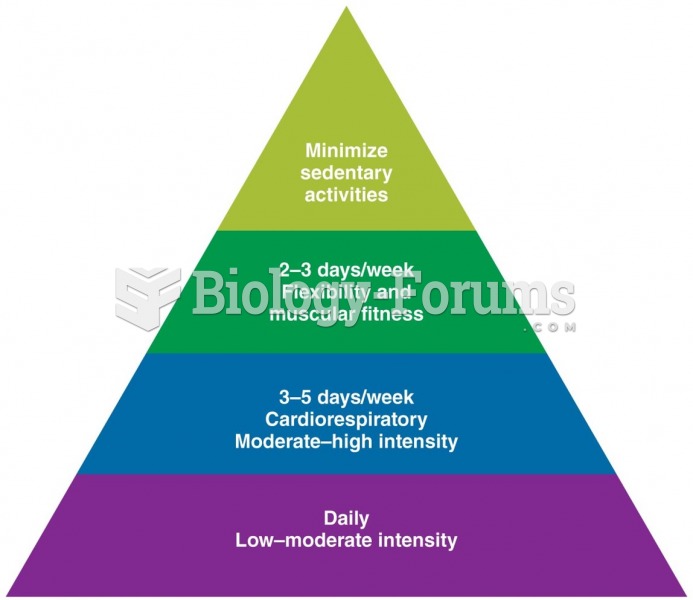Answer to Question 1
Principle 1: Segment Customers Based on Service Needs
Essentially, this principle suggests a departure from traditional approaches to customer segmentation based on industry, product, or trade channel to an approach that segments customers based on logistics and supply chain needs. Examples would include service requirements, fulfillment priorities, frequency of service, etc.
Principle 2: Customize the Logistics Network
Rather than design logistics and supply chain capabilities to meet the average service requirements of all customers, this principle stresses the need to develop supply chain approaches that are responsive to the needs of individual customer segments.
Principle 3: Listen to Signals of Market Demand and Plan Accordingly
In contrast to traditional forecasting approaches that sometimes result in multiple departments creating separate forecasts for the same products, the objective here is to see that demand planning is responsive to and aligned with market signals such as point-of-sale information.
Principle 4: Differentiate Products Closer to the Customer
When successfully implemented, this principle helps to improve customer service via fewer stockouts and also takes significant inventory carrying cost out of the supply chain. By postponing product differentiation to the latest possible moment and by gaining greater understanding and control of cycle times, supply chain efficiency and effectiveness will be positively impacted.
Principle 5: Source Strategically
Although customers of all types should have fact-based knowledge of the cost of purchased products and services, over the long term, suppliers' cost experiences will be passed along to customers in terms of higher prices. Excellent supply chain management requires customers and suppliers to work together in a creative, positive way to meet overall supply chain objectives.
Principle 6: Develop a Supply Chainwide Technology Strategy
The priority here is to replace inflexible, poorly integrated transactional systems with enterprise-wide systems.
Principle 7: Adopt Channel-Spanning Performance Measures
When individual companies in a supply chain ask the question: How are we doing? The response should be in the context of the overall supply chain.
Answer to Question 2
b







